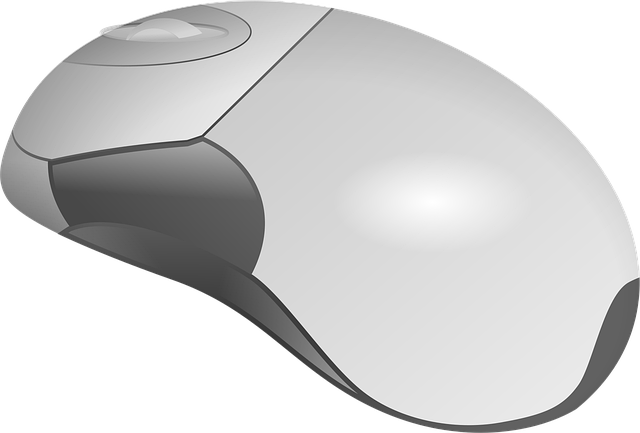Wireless network cabling relies on hardware like routers, modems, and cables. Basic troubleshooting involves checking connections, signal strength, and firmware updates. Complex issues require understanding cable types (Ethernet, Coax) and specific techniques. Visual inspections and diagnostics help identify damage, interference, or connectivity loss. Regular maintenance and upgrades, including replacing damaged cables and transitioning to newer standards, ensure optimal network performance.
Wireless network cabling is a complex infrastructure that can present challenges, from signal droppages to slow internet speeds. Understanding the basics of wireless networking and mastering cabling troubleshooting techniques are essential steps in maintaining a robust network. This article guides you through the process, offering insights into identifying common issues, effective troubleshooting methods, and strategies for repairing or upgrading your wireless network cabling infrastructure.
Understanding Wireless Network Cabling Basics
Wireless network cabling forms the backbone of modern connectivity, enabling seamless data transfer across homes and offices. At its core, it involves a complex interplay of hardware components—including routers, modems, switches, and cables—that work harmoniously to broadcast and receive signals. Understanding this fundamental structure is crucial when troubleshooting issues.
The most common wireless network cabling problems stem from faulty installations or degradations in signal quality over time. Simple checks like ensuring proper cable connections, verifying signal strength, and updating firmware can go a long way. For more intricate issues, it’s essential to familiarize yourself with different types of cables (e.g., Ethernet, Coax), their specifications, and common troubleshooting techniques tailored to each. This knowledge equips you to navigate the intricacies of wireless network cabling, fostering efficient problem-solving and enhanced network performance.
Identifying Common Cabling Issues
Wireless network cabling issues can manifest in various forms, from weak signal strengths to complete connectivity loss. Identifying common problems is the first step toward effective troubleshooting and repair. One frequent issue is interference from other electronic devices or physical obstacles blocking the path of the wireless signals. This can be easily diagnosed by checking for nearby microwaves, Bluetooth devices, or large metal objects that might be causing signal degradation.
Another prevalent problem is faulty cabling itself. Over time, network cables can suffer damage due to wear and tear, excessive bending, or sharp objects. Inspecting the cables visually can reveal frayed ends, broken fibers, or loose connections. These physical impairments often result in intermittent connectivity or significant speed reductions. Identifying such issues is crucial for targeted repairs that enhance wireless network cabling performance.
Troubleshooting and Testing Connections
When troubleshooting wireless network cabling issues, start by visually inspecting all cables for any visible damage or loose connections. Check if the cables are properly plugged into devices and routers, ensuring secure fits. Next, test individual cable connections using tools like a multimeter to verify signal strength and data transfer rates at both ends. Identify any weak or inconsistent signals that might indicate interference from physical obstacles, other electronic devices, or even neighboring wireless networks.
For comprehensive testing, use network diagnostic tools to analyze latency, packet loss, and overall connectivity. These tools can help pinpoint issues within the wireless network cabling infrastructure, whether it’s a faulty cable, misconfigured settings, or signal saturation. By combining visual inspections with detailed diagnostics, you can effectively isolate and resolve various wireless network cabling problems.
Repairing and Upgrading Cabling Infrastructure
Repairing and upgrading your wireless network cabling infrastructure is a crucial step in ensuring optimal network performance. Regular maintenance checks should include inspecting cables for any visible damage, such as frayed or exposed wires, which can cause intermittent connectivity issues. If damage is detected, immediate replacement is recommended to prevent further complications.
Upgrading your cabling infrastructure involves installing newer, higher-performance cables that support faster data transfer rates and improved network coverage. This could mean transitioning from older Category 5 (Cat5) or Cat5e cables to more advanced options like Cat6a or even Cat8. These upgrades enhance the overall efficiency of your wireless network, reducing signal interference and latency, especially in dense network environments.
Wireless network cabling is a complex yet essential component of modern connectivity. By understanding the basics, identifying common issues, and mastering troubleshooting techniques, you can efficiently navigate and resolve connectivity problems. Regular maintenance and proactive upgrades to your cabling infrastructure ensure a robust and reliable wireless network for both businesses and homes. Equip yourself with these skills to streamline your repair process and enhance your overall networking experience.
